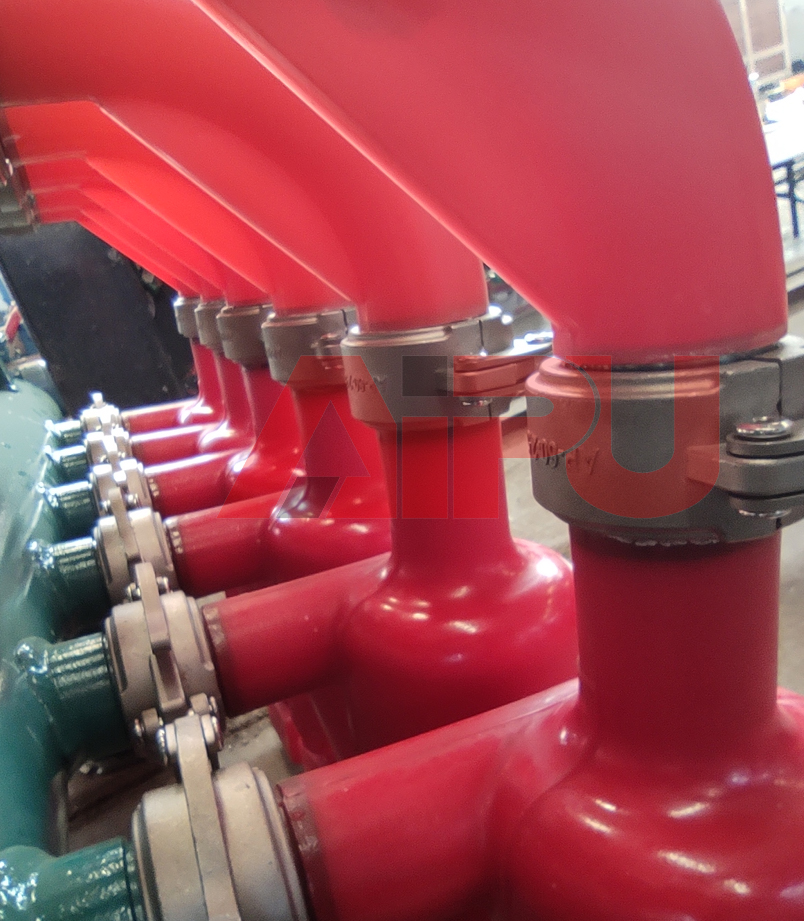High quality shale shaker wearing parts supplier
Hydrocyclones—how drilling fluids are managed. By effectively separating solids from liquids, these devices enhance performance, reduce costs, and promote sustainability. Let’s dive into how hydrocyclones work and why they’re indispensable in modern drilling.
How Hydrocyclones Work: The Science of Separation
Hydrocyclones leverage centrifugal force to separate solids from drilling mud. Here’s a step-by-step breakdown:
Tangential Entry: Drilling fluid enters the cylindrical chamber at high velocity, creating a powerful vortex.
Centrifugal Action: Denser particles are forced outward against the cyclone wall and exit through the underflow outlet.
Clean Fluid Recovery: Lighter, purified fluid rises and exits via the overflow outlet.
This process ensures continuous, efficient separation, keeping drilling fluids reusable and reducing waste.

Key Benefits for Drilling Operations
Hydrocyclones offer transformative advantages:
Enhanced Hole Cleaning By removing abrasive solids, hydrocyclones prevent blockages and maintain borehole stability, critical for safe and efficient drilling.
Cost-Effective Fluid Recycling Cleaner mud can be reused, slashing costs associated with fluid replacement and disposal.
Environmental Sustainability Reduced waste and lower chemical usage align with eco-friendly drilling practices.
Versatility Across Conditions Configurable as desanders (for medium particles) or desilters (for fine/ultra-fine particles), hydrocyclones adapt to diverse geological challenges.
Challenges and Mitigation Strategies
While hydrocyclones are game-changers, they come with considerations:
Fluid Volume Requirements: Higher circulation rates may increase costs. Solution: Optimize fluid properties and flow rates to balance efficiency and expense.
Risk of Plugging: Overloading solids can clog the system. Solution: Monitor feed density and install backup hydrocyclones for uninterrupted operations.
Maintenance Demands: Wear and tear from abrasive particles. Solution: Schedule regular inspections and use wear-resistant materials for critical components.
The Future of Hydrocyclones in Drilling
Advancements in materials science and automation are poised to elevate hydrocyclone performance. Smart sensors for real-time monitoring and AI-driven adjustments could further optimize separation efficiency, making hydrocyclones even more integral to sustainable drilling.
Conclusion Hydrocyclones are more than just equipment—they’re a strategic asset for drilling teams aiming to maximize productivity while adhering to environmental standards. By understanding their mechanics, benefits, and challenges, operators can unlock their full potential and drive the industry toward a cleaner, more efficient future.







